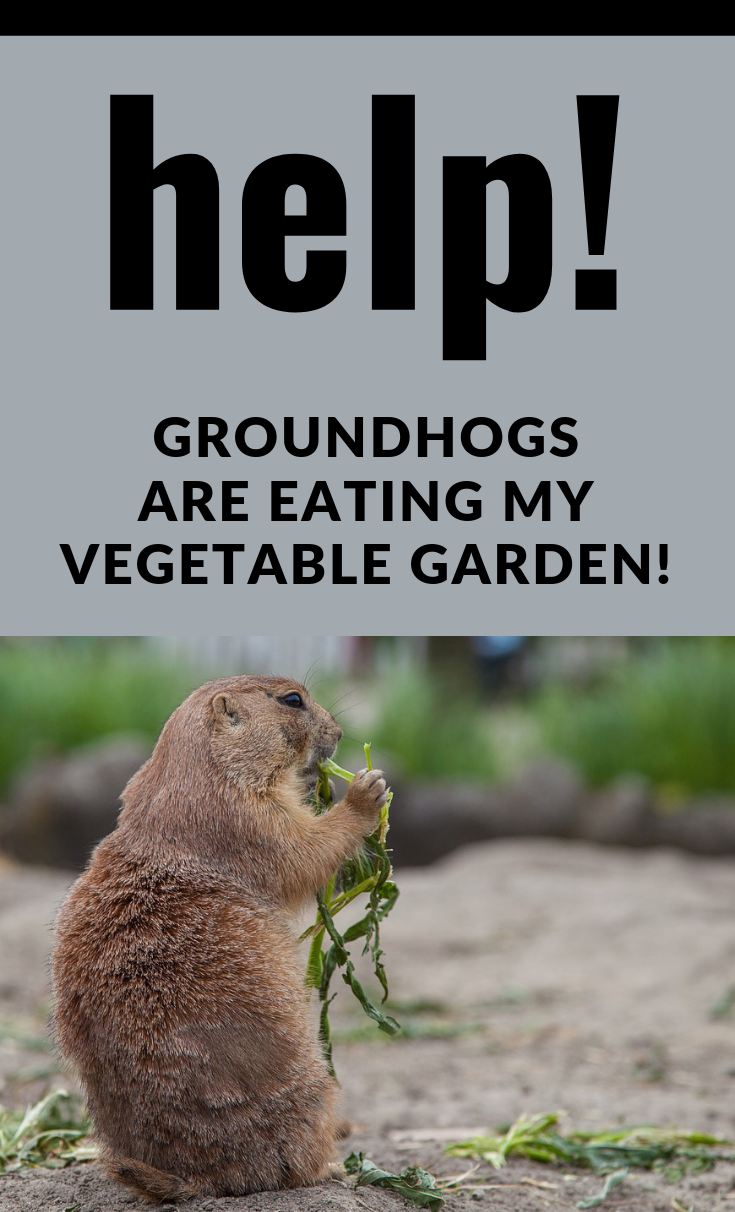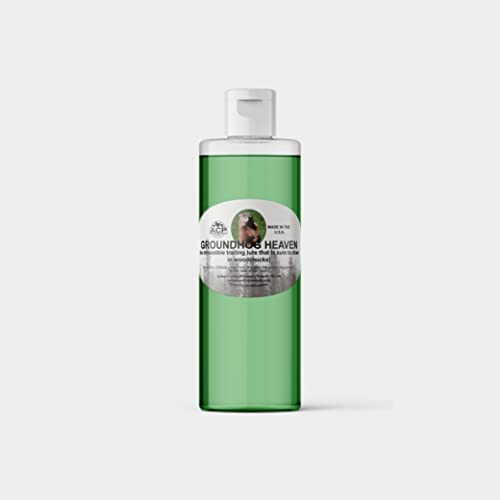When groundhogs attack your vegetable garden, it’s critical! This situation requires smart tricks to repel these rodents from your yard! As a matter of fact, groundhogs ruin everything in their way: lawns, plants and crops.
Before getting rid of groundhogs, let’s learn something about them!
These indigenous rodents, also called woodchucks are most often found where wooded area meets the clearing and they spend most of their time in burrows. Groundhog burrows usually have one main entrance and one emergency exit (also called spy-hole) where their activity takes place. And their favorite activity is eating a wide variety of garden vegetables and fruits – yes, fruits! They can actually climb trees, so your fruits aren’t safe if you are dealing with groundhogs. Damagers, as I like to call these rodents! Pay attention! As they enjoy eating the same flowers and vegetables as deer and rabbits, you should check carefully to see with which type of pest you’re dealing. Groundhogs eat mostly during early morning and afternoon while deer and rabbits pop into the garden in the evening.

How to control groundhogs?
- Sprinkle blood meal, ground black pepper, dried blood, or talcum powder around the perimeter of your garden. You can try using hair clippings as well.
- Puree and strain hot peppers and garlic, mix them with water and enough liquid soap to make it stick, and spray it liberally around the garden.
- Put some harmless but strong-smelling substance just inside the burrow (such as urine-saturated clumps of kitty litter). Loosely seal the entrance, so the smell stays inside the burrow.
- Would you eat lettuce tossed with bobcat urine? Neither would a woodchuck! Fox, coyote, wolf, and bobcat urine are among the forbidding predator scents now sold as groundhog repellents.
- Eliminate woodpiles and other places where groundhogs nest.
- Keep undergrowth and grass cover low to deter groundhogs.
- Groundhogs are always looking for vacant burrows. Close down their tunnel systems. Bury a three-foot-square panel of welded wire, centered over the entrance hole before an abandoned burrow is rediscovered.
- Unfortunately, humane traps and relocation may be the only solution. Place traps in front of burrow entrances or in the garden. Bait them with broccoli, apple slices, fresh lettuce, carrots, or sweet corn, and work the bottom of the trap into the earth. Check the trap often after setting it to minimize stress and injury to trapped creatures. Cover the trap with an old blanket to calm the groundhog.












0 Comments